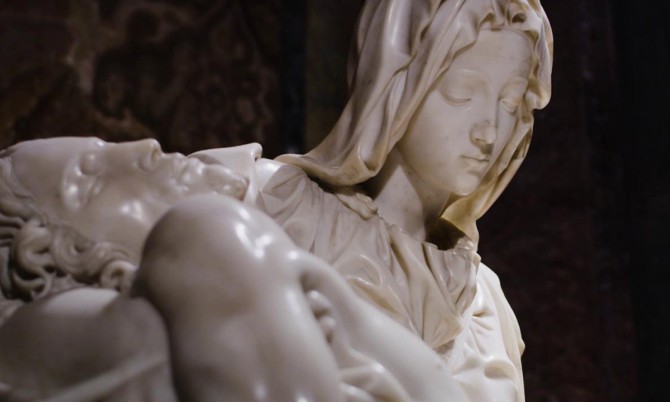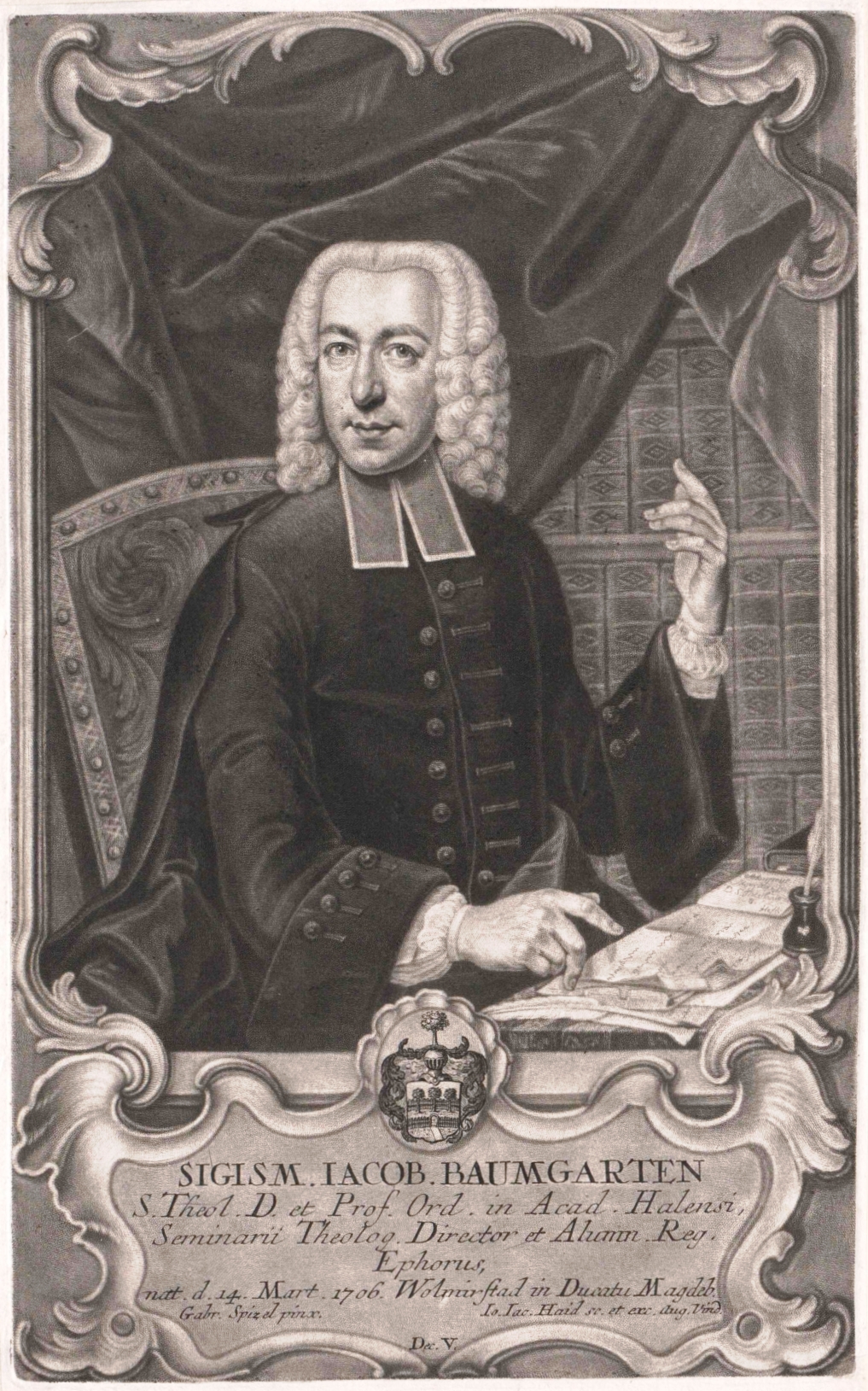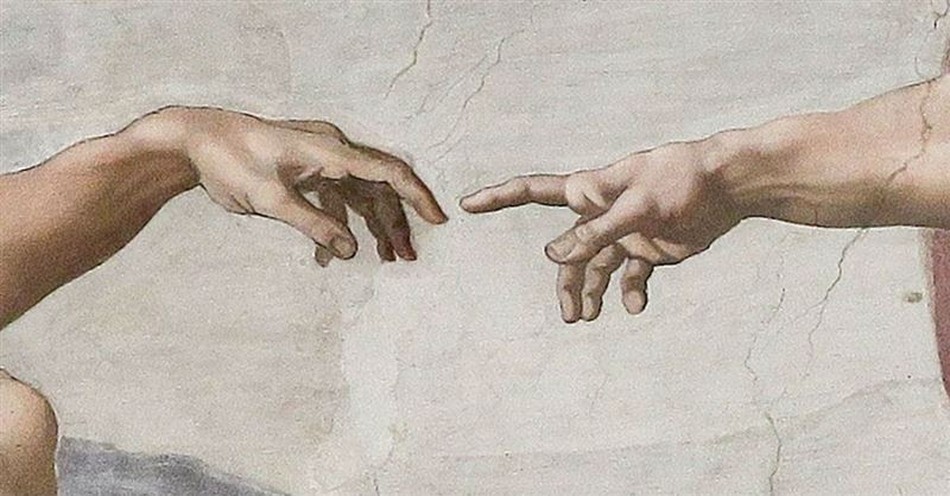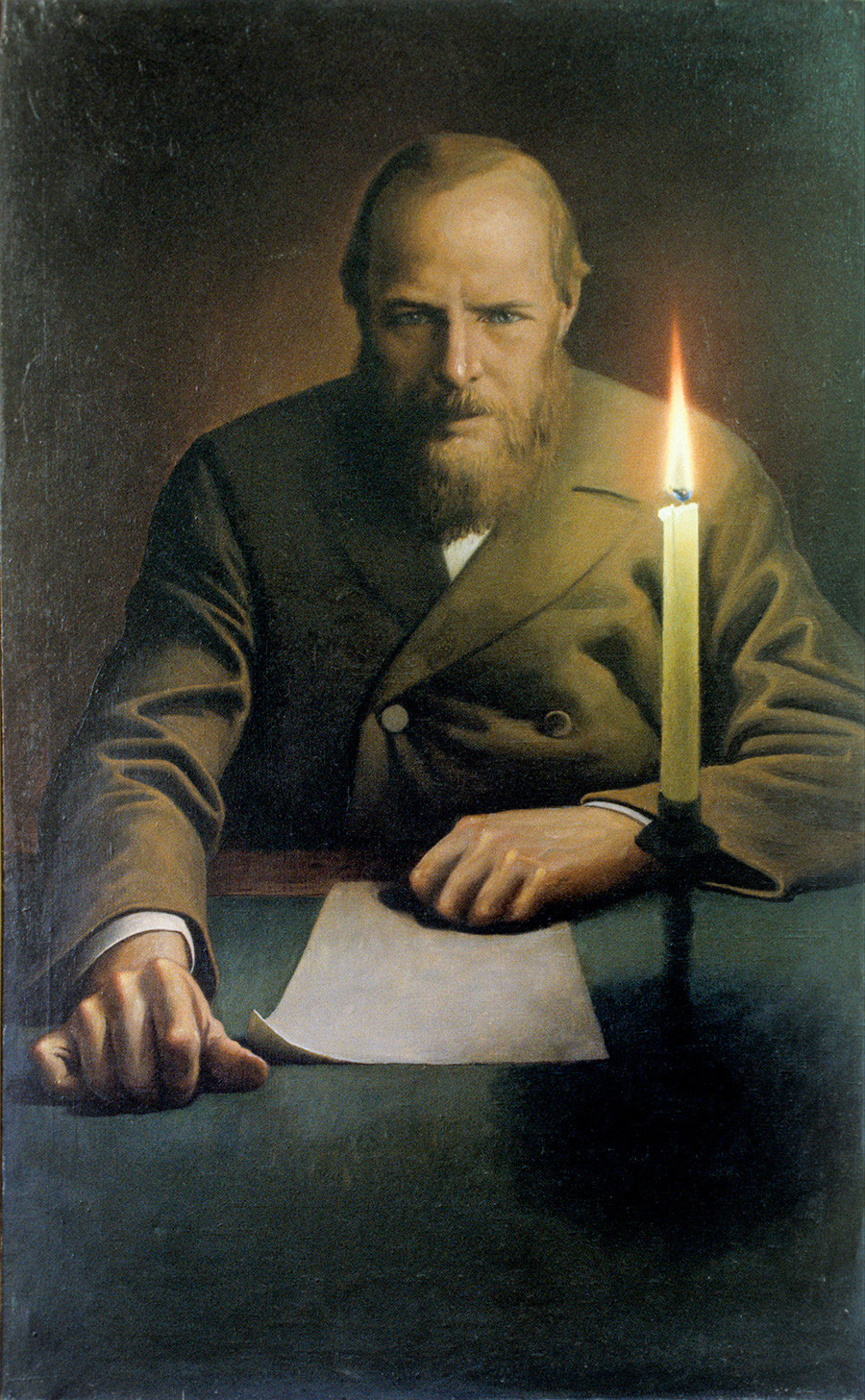
by John Hartley
“Beauty is mysterious as well as terrible.” Noted the Russian novelist Fydor Dostoevsky, “God and the devil are fighting there, and the battlefield is the heart of man.”
When 18th century Scholars used anthropology, physiognomy, and phrenology to apportion value according to race and beauty, clearly something has gone terribly wrong. Yet what is now dismissed as pseudoscience was then seen as a perfectly legitimate means to qualify human ‘beauty’. What, then, can be learnt from examining the critical juncture, as the departure from objective standards of beauty upon which such pernicious conclusions where not merely possible, but actively promoted?
The Enlightenment’s quest for knowledge and reason carried a darker side—one that linked ‘beauty’ with superiority. This fusion of science and aesthetics shaped European thought, whereby the pursuit of an aesthetic ideal became a gateway to racial ideologies.
Rationalist beauty

As the 19th century unfolded, aesthetics moved beyond simple ideas of taste to deeper reflections on human perception. Alexander Baumgarten, who coined the term “aesthetics,” sought to reconcile beauty with reason. In this schema, appreciating art required understanding how its elements interacted to form a coherent exprience, not relying on harmony with the natural world or innate endowed beauty.
Baumgarten’s ideas thrived in Enlightenment Europe, where Kant’s call to “dare to know” defined the era’s spirit. Humboldt extended this with his idea of Bildung —education as personal development. Education, for Humboldt, was a journey of self-cultivation unrestrained by objective frameworks.
In the late 19th century, Alfred Lichtwark translated these ideas into art. His “education of the eye” encouraged individuals to appreciate beauty through direct aesthetic experience, challenging the rigid preconceptions of the classical world. Lichtwark believed beauty should be felt, not measured. His aim was to train people to see, free from external standards.
Beauty as intrinsic and immeasurable

Yet this Enlightenment-driven aesthetic perspective disavows the Imago Dei teaching. Judaeo-Christian thought is predicated upon the belief that humans are made in the image of God. The divine likeness within each person makes beauty intrinsic and immeasurable, a reflection of God’s image in humanity rather than a quality subject to human judgment. Beauty, in this view, while recognizable, is beyond the capacity for classification or improvement, as it is woven into the very essence of human dignity.
When Enlightenment thinkers like Baumgarten re-positioned beauty within the realm of reason, defined in terms of human perception and rational coherence, they shifted the focus from the divine to the human intellect. No longer was beauty seen as a reflection of the divine image, inherent and universal. Instead, it became a quality that could be analyzed, classified, and even manipulated—a radical departure from the theological idea that beauty reflects creation.
Education of the eye
Lichtwark’s ‘education of the eye’ sought to teach aesthetic perception as a skill, implying that beauty could be developed through cultural training. Nefariously, it implied that some cultures and people groups are more ‘beautiful’, insofar as they possess a greater aptitude to qualify aesthetic experience. Indeed, this approach denies that beauty is an inherent gift, present in all human beings as part of their divine-bestowed nature.
Lichtwark viewed aesthetic perception as a skill to be developed, reflecting a broader shift toward the secularization of beauty, where rationality replaced mystery, and cultural training (epitomized by his obsession with amateur photography) replaced divine inspiration.
The advent of smartphone camera beauty filter software and AI image augmentation testify to the view that there is a ‘rational’ qualification of beauty readily accepted by the masses as an alternative to the Imago Dei teaching. In this schema, ‘beauty’ eclipses truth insofar as it does not matter that the image does not corrolate with reality as long as it conforms to a standard model of rationalized ‘beauty’.
To return to Dostoevsky, “Beauty is mysterious as well as terrible.” Slavophiles such as Dostoevsky too well understood the dangers of the Enlightenment project that sought to sever beauty and truth.
Subjective beauty, moral blindness
As these ideas evolved, they mirrored a cultural shift—from viewing beauty as tied to truth to seeing it as a matter of consensus. Hannah Arendt, reflecting on the Nazi regime, warned of the dangers when beauty and morality become subjective. She observed that a generation taught that beauty is relative may be capable of great atrocities.

Without a foundation in objective truth, aesthetic values could lead not to enlightenment but to moral blindness. One race might claim superiority based solely on aesthetics, a hallmark of fascism.
All who attempt to subject it to rational frameworks do so in service of their own ends. To conceptualize beauty in terms of the Imago Dei or to debase the human person to the subjective judgement of the dominant group is indeed the battle, as Dostoevsky noted, “God and the devil are fighting, and the battlefield is the heart of man.”
